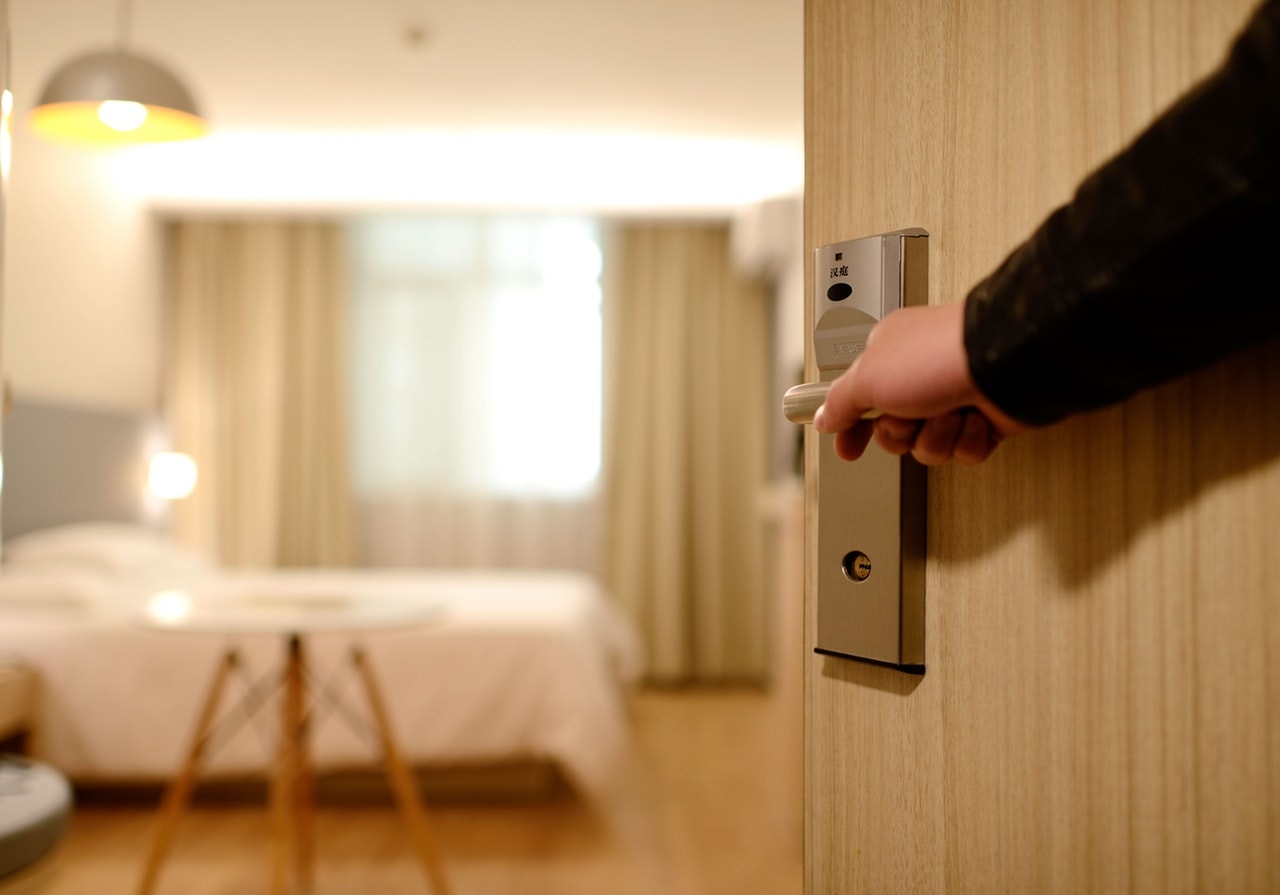A well-done loyalty program can boost repeat business and help customer satisfaction. Let’s look at a few loyalty programmes and how you can assess their effectiveness.
Once very long ago, after a particularly trying journey, I landed up in a hotel that I’d previously visited and had happened to sign up to their loyalty programme. By virtue of this, I was offered a room upgrade – the best thing that could have happened to me that day.
Now, whenever I am in town I stay at that hotel.
That’s a conversion and a loyalty programme that works well.
On the other side, I am a member of another loyalty programme linked to credit card purchases. A monthly statement of points featuring suggested product purchases turns up in the mail and gets ignored. Points expire regularly, but honestly I never think twice about it.
This is probably a case of a loyalty programme not doing so well.
The case is different for every loyalty scheme and must be set up based on your audience and personalised where possible.
The most common loyalty programmes are point-based (more your purchase, higher the points); tiered system (smaller rewards for the new joiners and increasing value of rewards as guests become more loyal); and VIP status (those who pay upfront for identified privileges – perfect for business travellers).

Here are some ways you can measure how effective your guest loyalty programme is. Is it really working and worth the effort you put into it?
- A number of sign-ups to the loyalty programme. However, this figure can be deceptive. To truly measure success you need to see how this set of acquired audience is working to improving your revenue and brand awareness. This takes us to the next point – Net Promoter Score.
- Net Promoter Score is a customer satisfaction metric derived from simple customer feedback. The most common form of NPS is the degree to which customers would recommend your company to others based on a scale from one to ten. The NPS is calculated by subtracting the percentage of detractors from the percentage of promoters. Scores can range from -100 to +100, and any positive score is considered good. More sign-ups to your loyalty programme coupled with an increase in NPS would signal a programme working well. There are many online survey tools available to help you gather this information.
- How many people actually partake in the offers within your loyalty programme? This shows if they are valuable or even relevant to your audience. For instance, selling a point-based programme to a luxury audience is not going to go far. A VIP Status based programme on the other hand is likely to get people doing more.
- Increase spend. Are members of your loyalty programme spending more? Are they staying longer and/or making use of on-premise facilities triggered by a loyalty scheme?
- Negative Churn. This is a measure of how many people leave your business and its loyalty programme over time. Negative churn is an important metric to track while running a tiered loyalty program. In order to properly measure this, you’ll need to be able to attribute purchases to individual users or customers and track the volume of purchasing over time.
How do you measure your loyalty programme? What’s working for you? We’d love to know more at marketing@staah.com.
